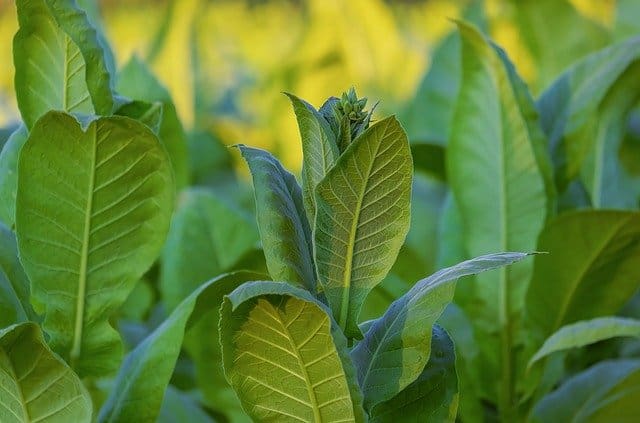Many researchers have spent years studying this strange infectious agent, and most failed, until the Dutch botanist Martinus Beijerinck discovery.
In the mid-19th century, a strange plague attacked European tobacco crops. German agrochemical Adolf Mayer was the first to theorize on the subject, arguing that the plague was transmitted in a similar way to bacteria in humans.
Afterwards, however, Russian biologist Dmitri Ivanovski conducted pest-free crop studies and found that the infectious agent continued there, despite not being active.
Finally, Dutch botanist Martinus Beijerinck conducted new tests in the late 19th century, and found that the root of the plague came from another type of agent. From his work, he was identified as one of the founders of virology, and one of the most important scientists in history in that field, as they identified the characteristic of viruses, and their differences with bacteria.
Thanks to this starting point, modern science today knows that viruses are found almost anywhere and some are terribly dangerous, such as SARS-CoV-2, which causes the COVID-19 pandemic.
History of virus study
Botany was quite developed in the late 19th century, and the idea that microorganisms could cause disease to plants was not new. By 1840, the Reverend and English botanist Miles Berkeley identified about 10,000 species of fungi, some that operated as pathogens in certain crops, such as potato blight (Phytophthora infestans).
It was in the Netherlands, in 1857, tobacco crops began to worry producers. The leaves became darker, sometimes yellow or grey, and the damage spread rapidly throughout the field, causing losses of up to 80% of the crops.
“If you’re in a greenhouse or your garden and you’re watering with a hose and the hose touches an affected plant, you can end up damaging a plant next to it,” Texas University plant virologist Karen-Beth Scholthof told Smithsonian magazine.
Mayer, who had begun researching the phenomenon in 1879, called it the “tobacco mosaic disease.” Based on studies by the famous German physician and microbiologist Robert Koch, known for discovering the bacillus responsible for tuberculosis, he identified that diseased sap from a tobacco leaf could transmit the disease to a healthy leaf, but was unsuccessful in identifying the culprit microorganism.
Almost a decade later, Ivanovski decided to investigate the tobacco mosaic in 1887. He filtered the sap through filters made of unglazed porcelain, a material so small that it prevents bacteria from passing through, but this unknown pathogen managed to pass without a problem.
His conclusion, published in 1892, is that the disease was caused by the toxin that passed through the filter, or by a smaller-than-usual bacteria with the ability to pass through the filter.
The third investigation was finally the correct one. The Dutchman Beijerinck, whose technique was almost the same as of the Russian, but added a subsequent gelatin-like filtration system, called agar, to filter everything that passed the first filtration. Still, the agar couldn’t handle the strange pathogen.
Beijerinck also provided evidence that the pathogen relies on leaf growth to multiply. By re-filtering the pathogen from an infected leaf and using it to cause mosaic disease in another plant, he showed that the agent can spread without diluting its disease-causing power. He found that the pathogen was growing on the leaves, but, curiously, it could not reproduce without them.
Contagium vivum fluidum was what he called the filtered substance: the first time a virus was named. It was also the first time that the Latin word “virus” was used to refer to that substance or living, contagious fluid.
“he was the first one to bring that term to us in a modern context, and I would give him credit for the beginning of virology,” says Scholthof.
